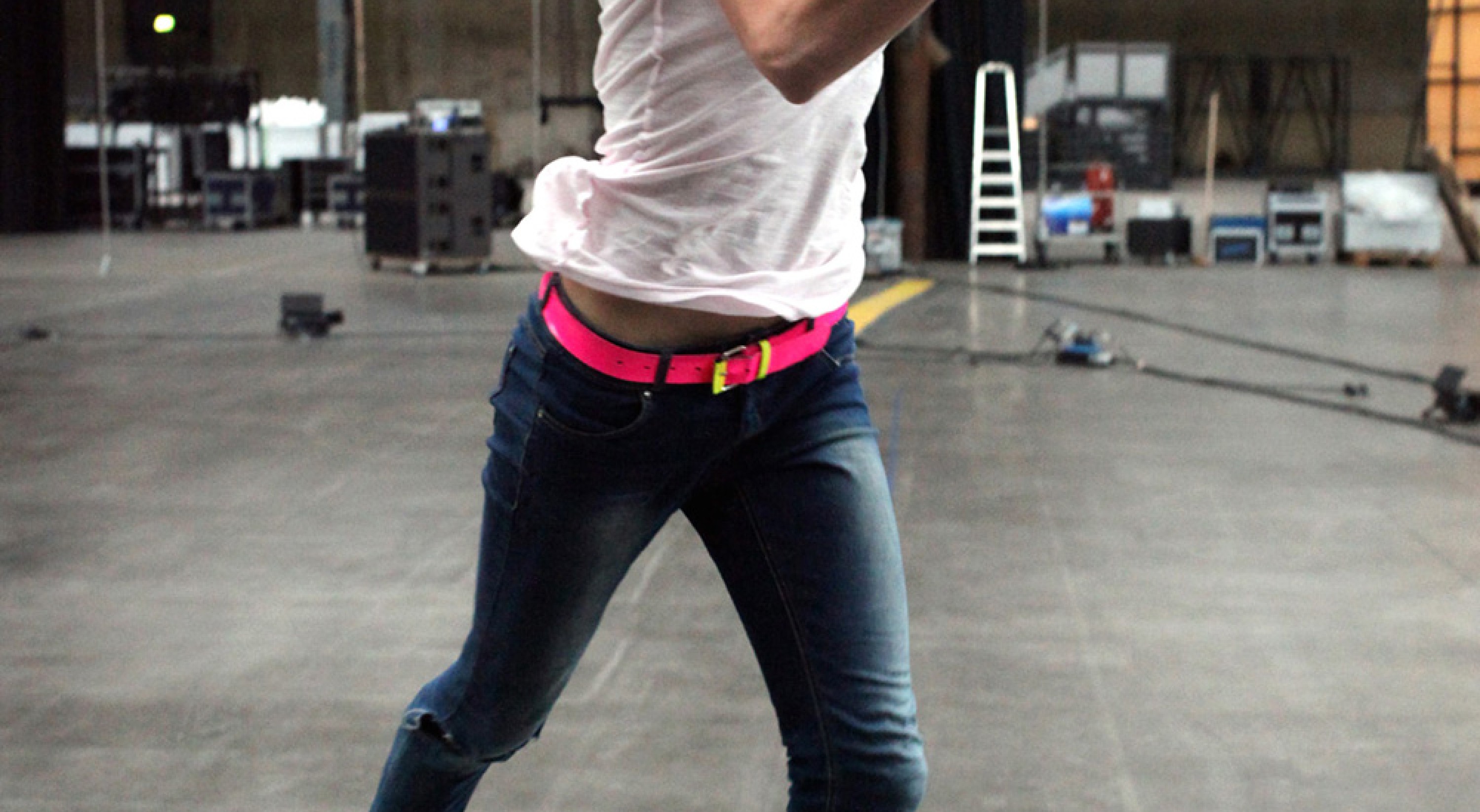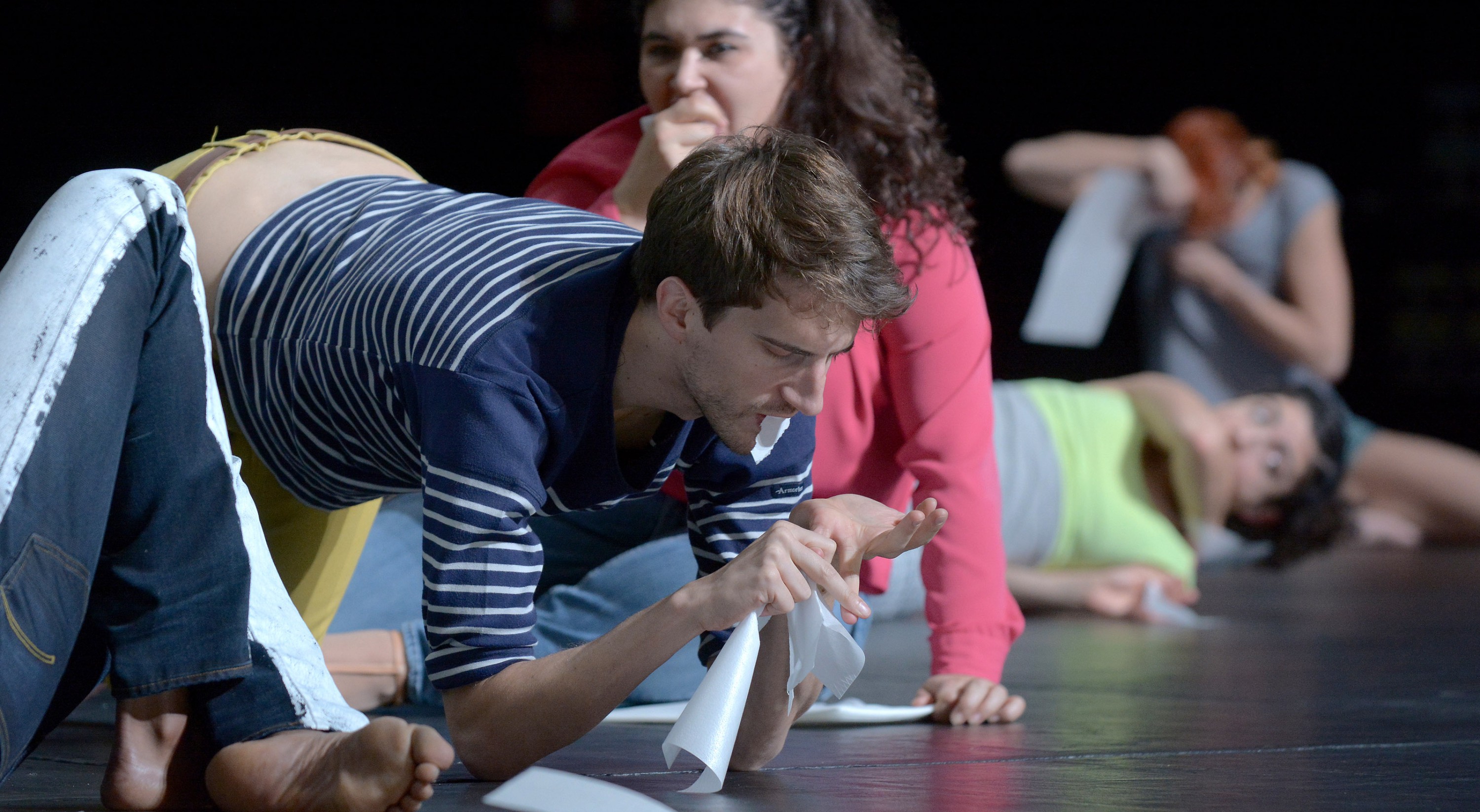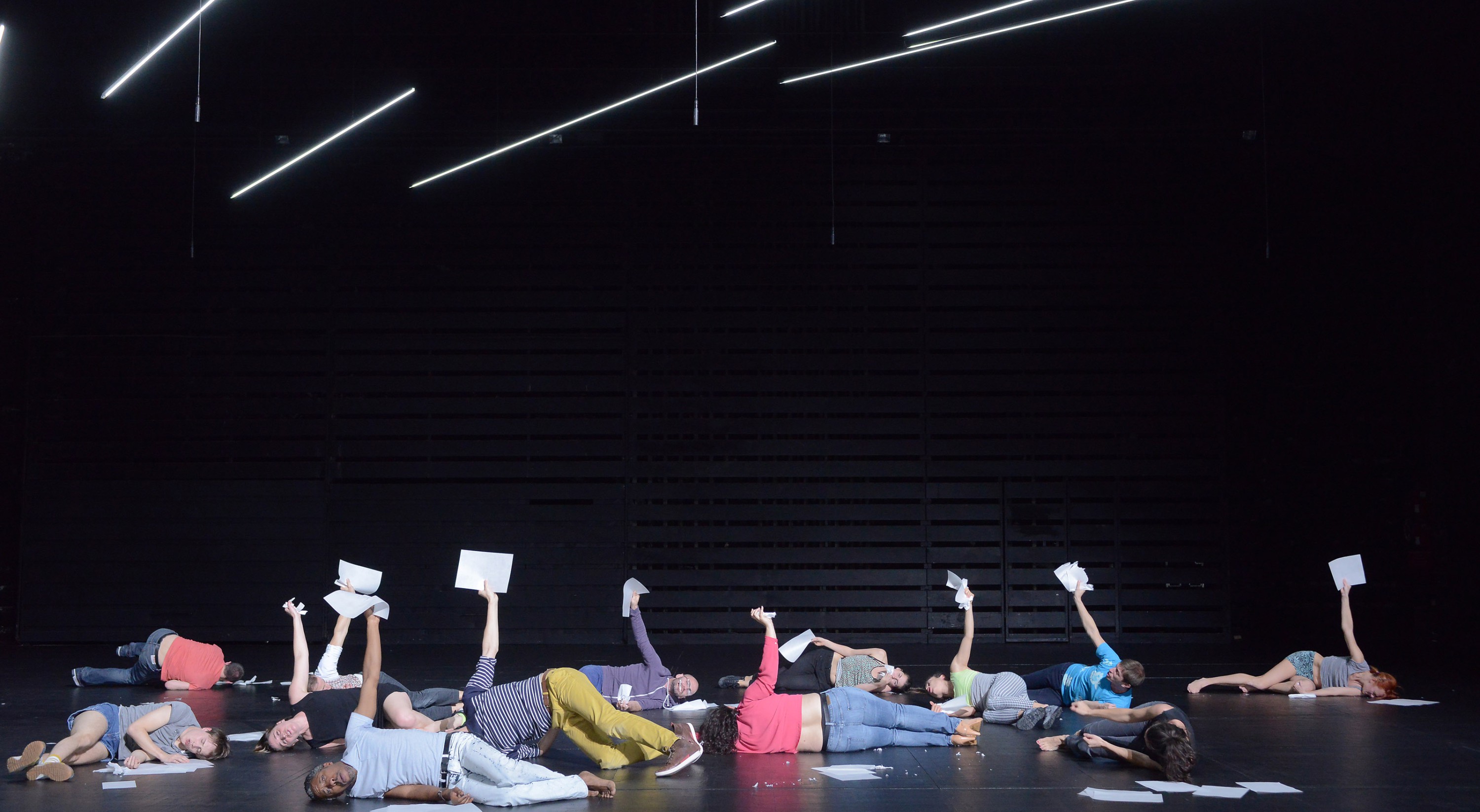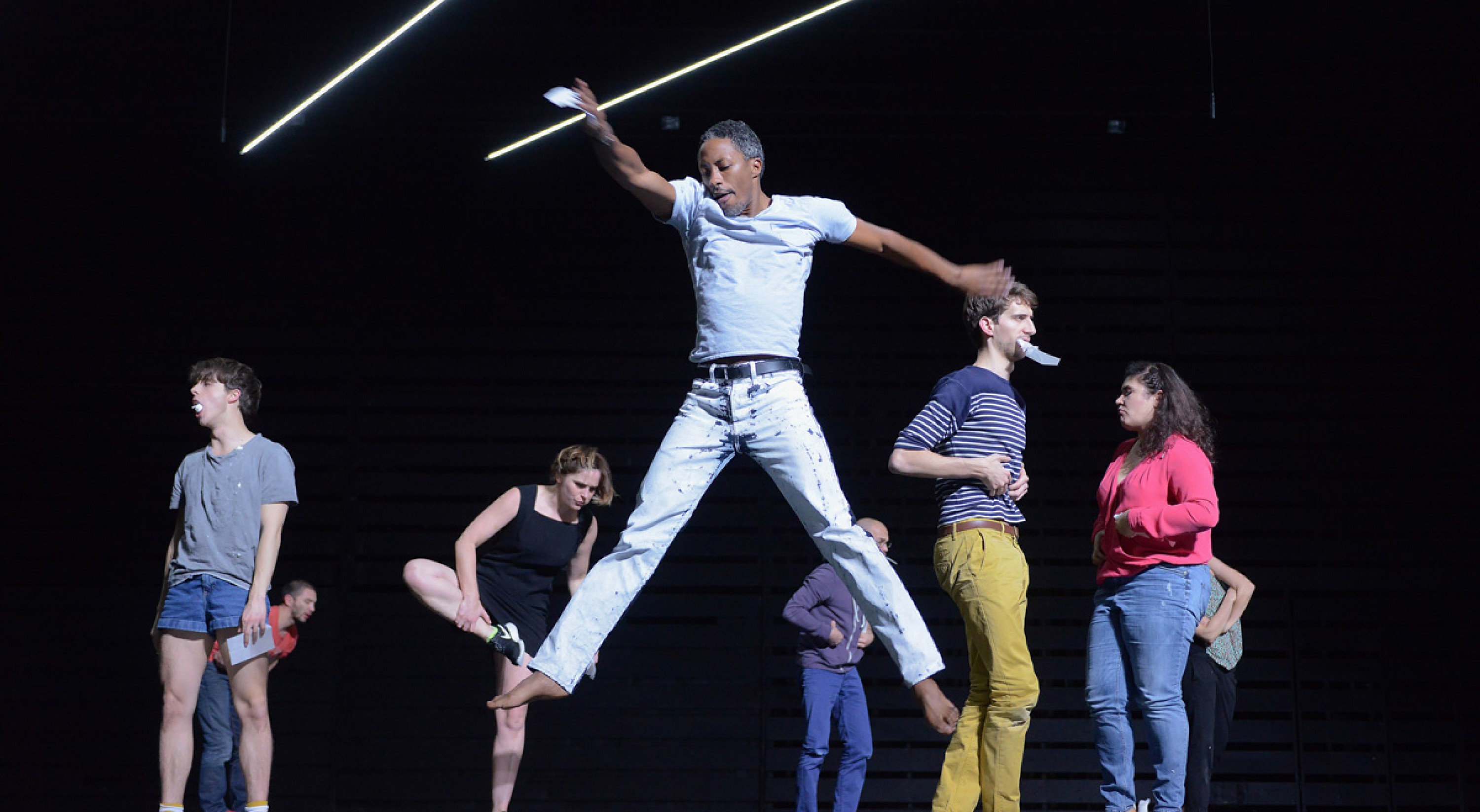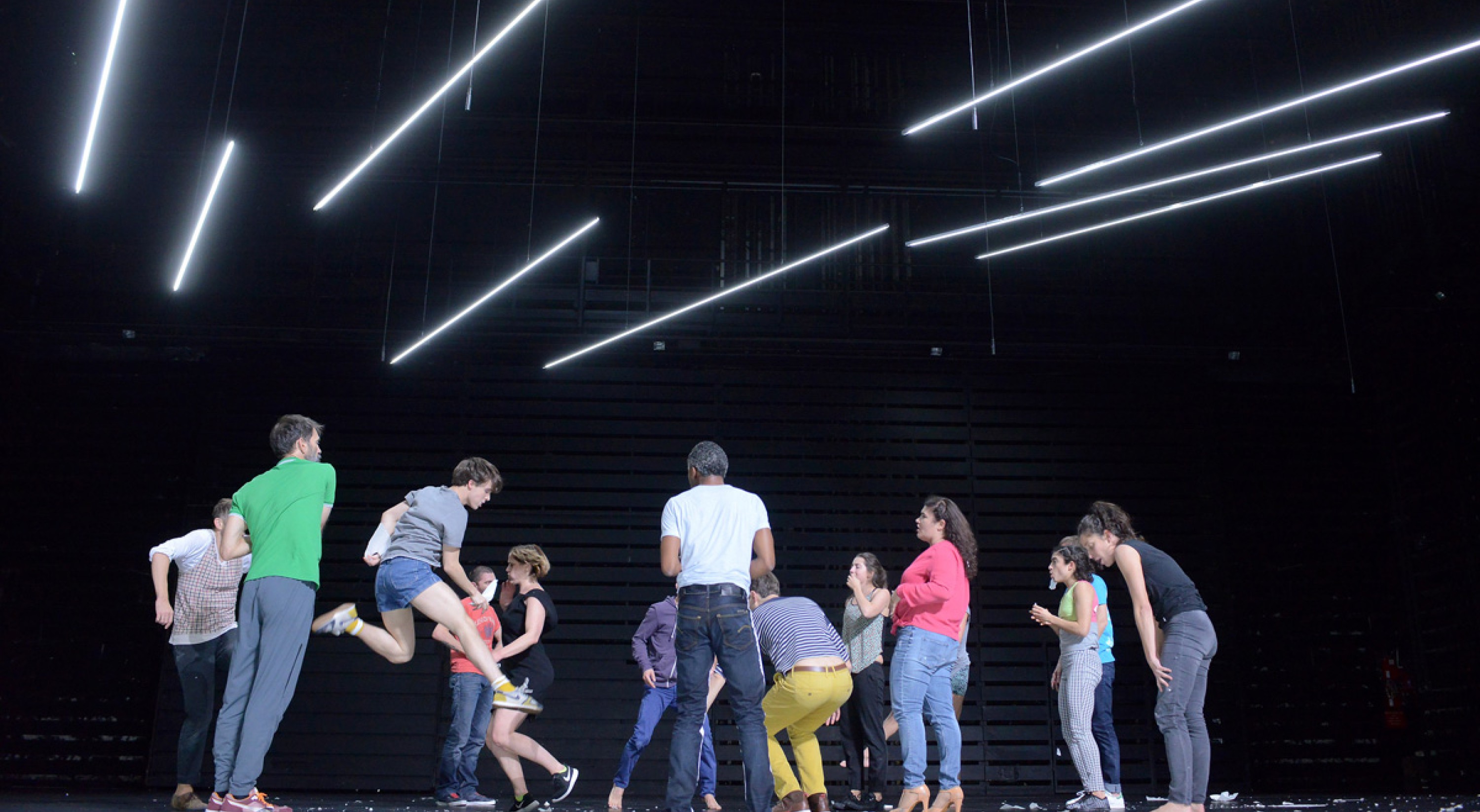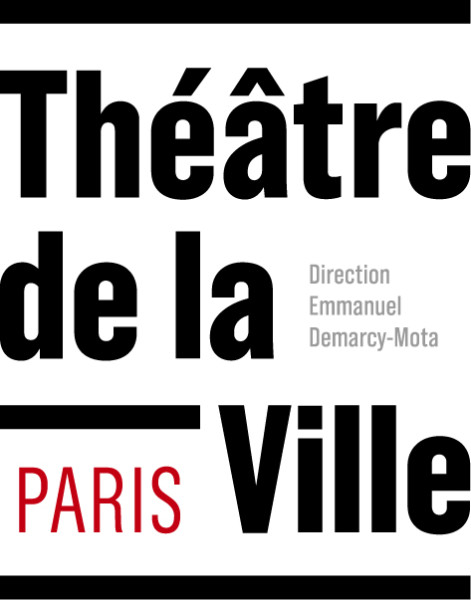Boris Charmatz
manger
novembernov 29 - december – dec 29
Conceived by, Boris Charmatz
With Or Avishay, Nuno Bizarro, Ashley Chen, Olga Dukhovnaya, Alix Eynaudi, Julien Gallée-Ferré, Peggy Grelat-Dupont, Christophe Ives, Maud Le Pladec, Filipe Lourenço, Mark Lorimer, Mani A. Mungai, Matthieu Barbin, and Marlène Saldana
Lighting designer, Yves Godin
Sound designer, Olivier Renouf
Assistant choreographer, Thierry Micouin
Voice coach, Dalila Khatir
Stage manager, Mathieu Morel
Catering, Alexandra Vincens
A production by Musée de la danse / Centre chorégraphique national de Rennes et de Bretagne – Artistic Director : Boris Charmatz // A coproduction with Ruhrtriennale – International Festival of the Arts ; Théâtre National de Bretagne-Rennes ; steirischer herbst festival-Graz ; Holland Festival-Amsterdam ; Kunstenfestivaldesarts (Brussels) ; Künstlerhaus Mousonturm Frankfurt am Main ; Théâtre de la Ville-Paris ; Festival d’Automne à Paris // In collaboration with Théâtre de la Ville-Paris ; Festival d’Automne à Paris // Le Musée de la danse is an association which receives subsidies from the Ministère de la Culture et de la Communication (Direction Régionale des Affaires Culturelles / Bretagne), Ville de Rennes, Conseil régional de Bretagne and Conseil général d’Ille-et-Vilaine. (www.museedeladanse.org). L’Institut français regularly contributes to Musée de la danse international tours. // With support from Adami // The piece was first presented on 23rd September 2014 at the Ruhrtriennale – International Festival of the Arts
In partnership with France Culture
Boris Charmatz, the choreographer and Artistic Director of the Musée de la Danse - a hybrid institution which digests formats and uncases the body - subjects dance to formal constraints which redefine the scope of its possibilities. We saw this with the potentially unlimited system of gestures in Levée des conflits, and the inert bodies of children, brought to life by adults in enfant... The stage offers this choreographer a testing ground on which he can try out organic concepts and concentrated forms, enabling him to observe the chemical reactions, varying intensities and tensions born from their encounter. In manger, the centre of gravity of movement is displaced, giving rise to the question: how can the body be moved not via the eyes, or limbs, but the mouth? And can we make of this gap a perception framework in its own right?The mouth, this crossroads of food, voices, breath, words, and saliva is a circulatory area where the inside and outside, self and otherness meet, taste, size up, exchange, and blend. By seizing upon this metaphor as a choreographic driving force, Boris Charmatz points to an overview of orality: the chewing of something into a paste, its swallowing and the transformation of physical matter into a proliferating mixture. There will be much in the way of munching, singing, tasting, and intermingling, which radiates from mouth to mouth, filling the whole space. From within this continuously moving process of ingestion, chewed-on harmonies emerge, as well as flesh and bone portraits, and sculptures made from voices, food and the skin of our bodies. The resulting sketch gives rise to a collective and sensual horizon. manger, situated at the frontier between moving installation and indeterminate sound object, is a “swallowing of the real”, a sort of swallowed down utopia... or a slow digestion of the world.
In the same place
